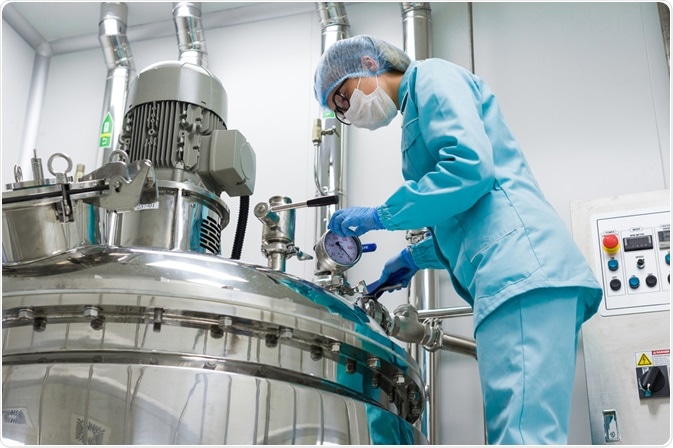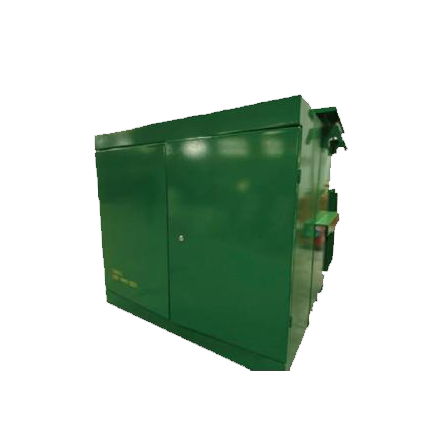Unveiling the Hidden Dangers: 3 Detrimental Substances Lurking in Industrial Areas
2 min read
Industrial areas are known for their bustling activities and economic growth. However, amidst the progress, there are hidden dangers that pose risks to both human health and the environment. In this article, we will delve into the three harmful substances commonly found in industrial areas, shedding light on their detrimental effects and the importance of addressing them.
- Airborne Particulate Matter:
Industrial areas are notorious for their high levels of airborne particulate matter (PM), which consists of solid and liquid particles suspended in the air. These particles can originate from various sources, including combustion processes, vehicle emissions, and industrial activities. PM can be categorized into different sizes, with PM2.5 and PM10 being the most concerning due to their ability to penetrate deep into the respiratory system.
The health effects of exposure to PM are extensive and severe. Short-term exposure can lead to respiratory symptoms, such as coughing and wheezing, while long-term exposure has been linked to chronic respiratory diseases, cardiovascular problems, and even premature death. Additionally, PM can contribute to environmental pollution, impairing visibility and affecting ecosystems.
- Volatile Organic Compounds (VOCs):
Volatile Organic Compounds, commonly known as VOCs, are organic chemicals that easily evaporate at room temperature. They are prevalent in industrial areas due to the use of solvents, paints, adhesives, and other chemical products. VOCs can be released into the air during manufacturing processes or from storage facilities, posing significant health risks.
Exposure to VOCs can cause a range of health issues, including eye, nose, and throat irritation, headaches, dizziness, and even damage to the liver, kidneys, and central nervous system. Some VOCs are also classified as carcinogens, increasing the risk of developing cancer. Moreover, VOCs contribute to the formation of ground-level ozone and smog, further deteriorating air quality.
- Heavy Metals:
Industrial activities often involve the use and release of heavy metals, such as lead, mercury, cadmium, and arsenic. These metals can contaminate the air, water, and soil in industrial areas, posing significant risks to human health and the environment. Industrial wastewater, emissions from power plants, and improper waste disposal are common sources of heavy metal pollution.
Exposure to heavy metals can lead to various health problems, depending on the specific metal and level of exposure. Lead, for example, can impair neurological development in children and cause cognitive and behavioral issues. Mercury can damage the nervous system, while cadmium and arsenic are known carcinogens. Additionally, heavy metals can accumulate in the environment, contaminating food chains and causing ecological imbalances.
Conclusion:
Industrial areas are not only hubs of economic activity but also potential hotspots for harmful substances. Airborne particulate matter, volatile organic compounds, and heavy metals are three significant culprits that pose risks to human health and the environment. Recognizing and addressing these dangers is crucial for safeguarding the well-being of both present and future generations. Stricter regulations, improved industrial practices, and the adoption of cleaner technologies are essential steps towards creating safer and more sustainable industrial areas.

